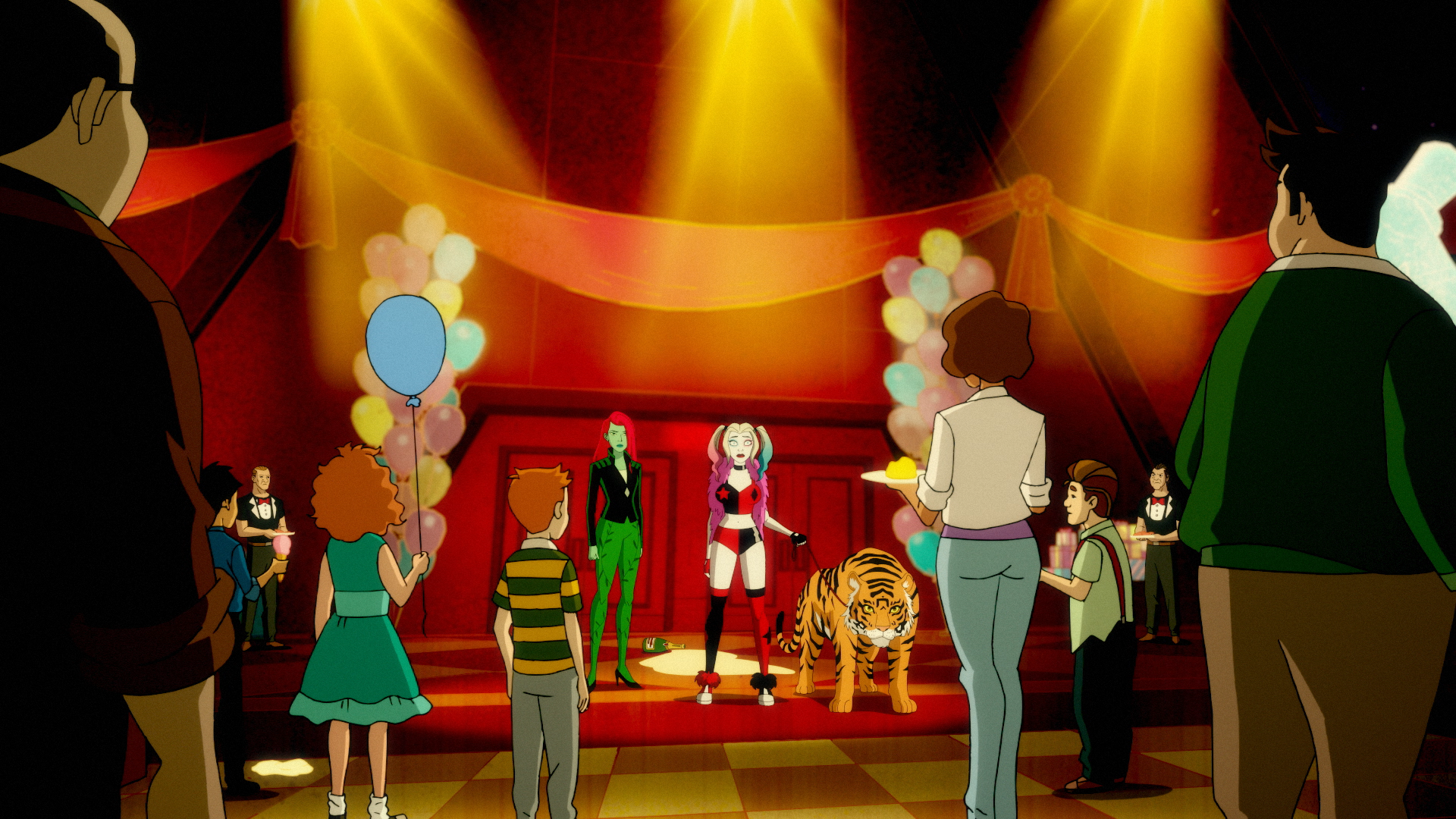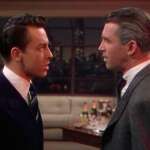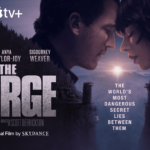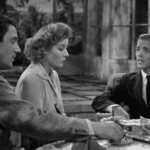Art often serves as a reflection of real life values in our culture, and in 2019 we were still well versed in the conversation of #MeToo as we examined real cases of predatory behavior from men in all industries in all walks of life. This movement helped spur an ongoing conversation where we also revisited our treatment of women, often young women, who were mistreated or maligned by our culture, including Britney Spears #FreeBritney, Courtney Love, and, far too late, Sinead O’Connor among others. These conversations also extended, though understandably with less urgency, to the fictional. Barbie could in a way be included in this, more an act of reclamation than redemption, and likewise Harley Quinn, often portrayed more as a toy for Joker than a woman with agency, has likewise been reimagined with the Peter Gunn films, including Birds of Prey (and the Fantabulous Emancipation of One Harley Quinn) in 2020, and reclaimed with D.C.’s animated TV series Harley Quinn in 2020.
Season 1 of ‘Harley Quinn’

At the start of ‘Harley Quinn’, we meet Quinn who, aside from an underplayed Jersey accent, fits the mold of classic Harley, including the Harlquin outfit. She’s in a relationship still with Joker but only after an intervention by her best friend Poison Ivy, and Joker’s choice to save Batman in a moment of crisis over her, does she realize Joker’s never really loved her, and instead she must find out what she wants and who she is on her own.
Quinn does what so many do when they leave a bad relationship, as she finds comfort in her friend Poison Ivy, who also becomes her roommate, and she works to stand apart on her own. To do this she wants to prove she’s Joker’s equal, as she works to find a nemesis, a team, and ultimately a place in the Legion of Doom.
Since this is D.C. you might be wondering what tone the show takes, as the world of Batman’s been both delightfully campy in the Adam West series, and oppressively dark in recent comic runs and Nolan’s films. Well Harley Quinn is incredibly, and wonderfully both, and that’s a large part of what makes the show work so well – if you can stomach the violence. One minute you’ll have Clayface delve into a Shakespearean monologue, and then next you’ll have characters die, gruesomely I might add, left and right. This seems like it could be chaotic, but again it works.
Likewise the show balances classic villains and heroes with bit characters in a novel manner, by often giving more time to the lesser characters. This not only allows the writers to really let these characters shine, but it also allows for the wonderful voice performances to shine. Alan Tudyk, as the voice of Clayface and The Joker, is a particular standout, but my favorite of the ensemble has to be Ron Funches, who plays King Shark’s manic nature so perfectly. Of course too I have to give a shoutout to Lake Bell as Poison Ivy, who delivers a lot of the heart of the show, and likewise Kaley Cuoco as Harley, who again isn’t attempting much of a Jersey accent (not a problem for me), but really sells the character overall and delivers much of the show’s humor.
I’ve been a D.C. fan for most of my life, and it’s fantastic to see that not only does Harley step out of Joker’s shadows in the show, but also that she finds a footing of her own in the D.C. Universe (even more I’d say than in Gunn’s films.) Truly there’s no surprise why this show has now had three seasons follow, with hopefully more to come. So if you’re not yet watching Harley, quit clowning around and give this wonderful show the shot it so richly deserves.









